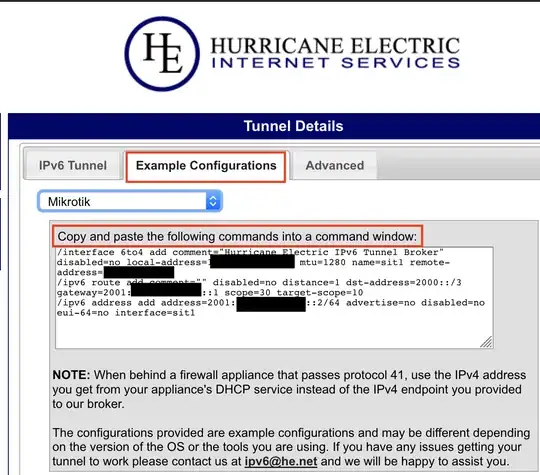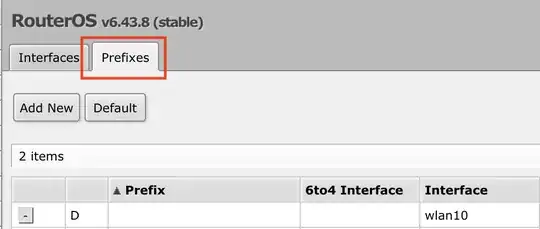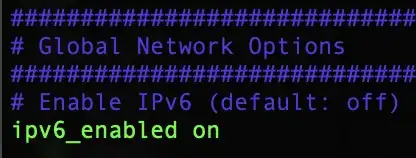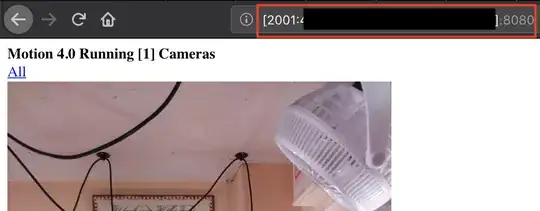There are a (3) parts to this question:
- 1) IPv6 Connectivity
- 2) Camera Application Support
- 3) Accessing Camera via IPv6
I'll address them in turn:
1) IPv6 Connectivity: You need a IPv6 Global Unicast Address to achieve your goal of accessing the camera directly without a NAT. If your ISP doesn't offer IPv6- like most ISP's in the UK- Hurricane Electric will give you a 4-to-6 tunnel with a routed /64 IPv6 Prefix for FREE (https://www.tunnelbroker.net/) In the "Example Configurations" tab just choose your router manufacturer and they'll plug your new tunnel details into a script to talk to their side of the tunnel:

I use a MikroTik router and my Neighbour Discovery ("ND") to distribute the Hurricane Electric Ipv6 prefixes they assigned me looks like the following:


If everything is setup right you'll see your Hurricane Electric IPv6 Global Unicast Address inside the Pi:

2) Camera Application Support: The motion detection application you're using will of course itself have to support IPv6 and you'd need to toggle it on in the appliocation's configuration. In the example below, I use the application "motion" for my detection in my Pi-Cams: /etc/motion/motion.conf

3) Accessing Camera via IPv6: Finally, you'll need to tweak the IPv6 Firewall to allow the connectivity. The Destination Addresses and Destination Ports in my MikroTik's IPv6 FW look as follows for the application "motion" which uses Ports 8080 and 8081:

If your Hurricane Electric Tunnel is setup and your firewall rules are happy, you can now access the camera on an IPv6 Global Unicast Address:

And FINALLY: Remember that the device you are using to connect to your camera on must ALSO have IPv6 connectivity or you still will not be able to connect to your camera on its' Global Unicast Address ;-).
Hope this helps- Terrence






